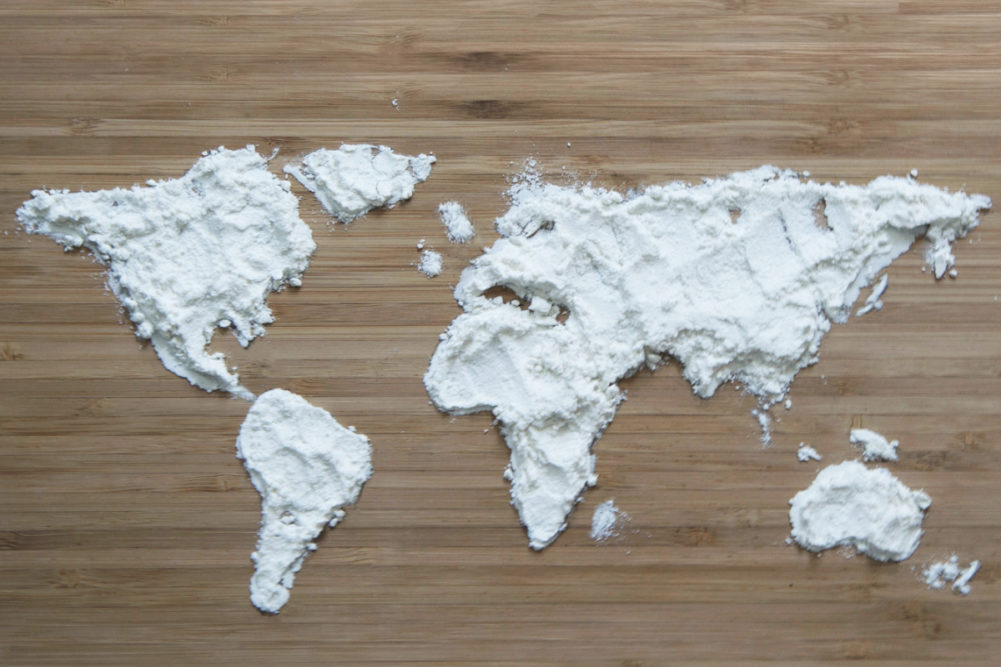LONDON, ENGLAND – Global wheat flour trade is forecast to increase by 7% in marketing year 2021-22 compared to the previous year, according to a report released July 29 by the International Grains Council (IGC).
The IGC projects shipments in the coming year to reach 14.9 million tonnes (wheat equivalent), unchanged from its April forecast and up from an estimated 13.9 million tonnes in 2020-21.
If the 2020-21 estimate is realized, it will be the lowest trade total since 2013-14, when 13.2 million tonnes of wheat flour were trade.
The IGC said the 5% decrease compared to the 14.7 million tonnes that were traded in 2019-20, was partly due to issues related to the COVID-19 pandemic.
“To an extent, trade volumes in 2020-21 were constrained by a shortage of containers and elevated freight costs, and as this may not be the case for the whole of new marketing year, world flour trade is seen expanding by 7% in the year ahead.
“This includes a jump in Iraq’s imports owing to expectations for a poor local harvest, with the flour import projection raised by 600,000 tonnes from (the last projection), to 2.7 million tonnes. However, this partly hinges on availabilities from Iraq’s main origin for flour imports, Turkey, where logistical challenges were reported in recent months.”
Turkey is once again forecast to lead the world in flour exports in 2021-22, with a total of 5 million tonnes, which would be its second-highest total ever, just behind 5.4 million tonnes in 2017-18.
But the IGC noted that reaching the 5-million-tonne mark “partly depends on these (logistical) issues receding.”
The world’s second biggest exporter, Kazakhstan, is expected to see a decline in shipments from 2.5 million tonnes in 2020-21 to 2.3 million tonnes, “owing to tighter than anticipated domestic supplies.”
Among other leading exporters, the IGC projects year-over-year increases from Argentina (820 million tonnes to 850 million); the EU (600 million tonnes to 700 million); and Egypt (600 million tonnes to 650 million).
Among the leading importers Afghanistan, which ranks second behind Iraq, is projected to see imports decline by 100,000 tonnes to 1.9 million tonnes year-on-year. Uzbekistan is projected to decline 50,000 tonnes from the IGC’s previous quarterly forecast to 600,000 tonnes, unchanged from the previous year, and Syria is forecast to rank third in imports at 500,000 tonnes, up 150,000 tonnes from the previous quarter and year.






